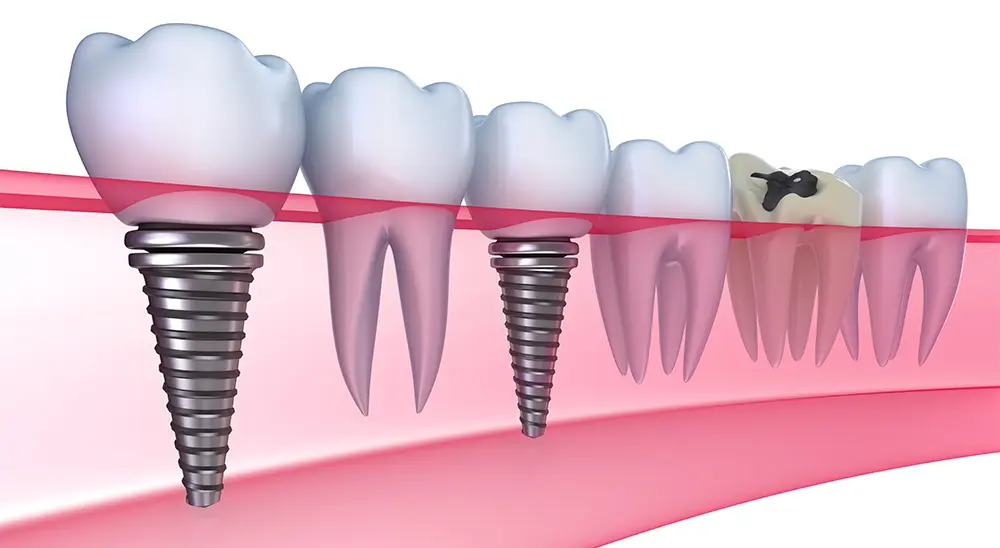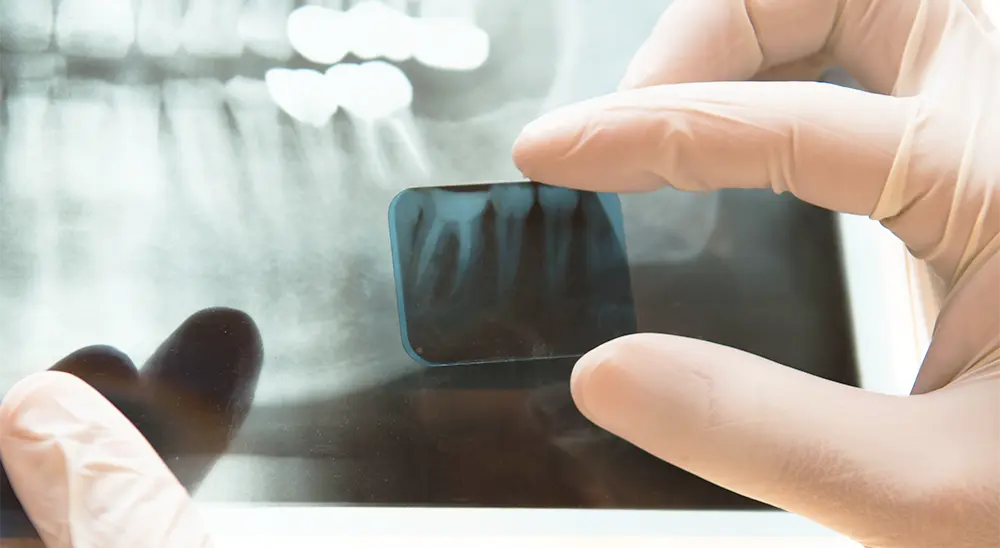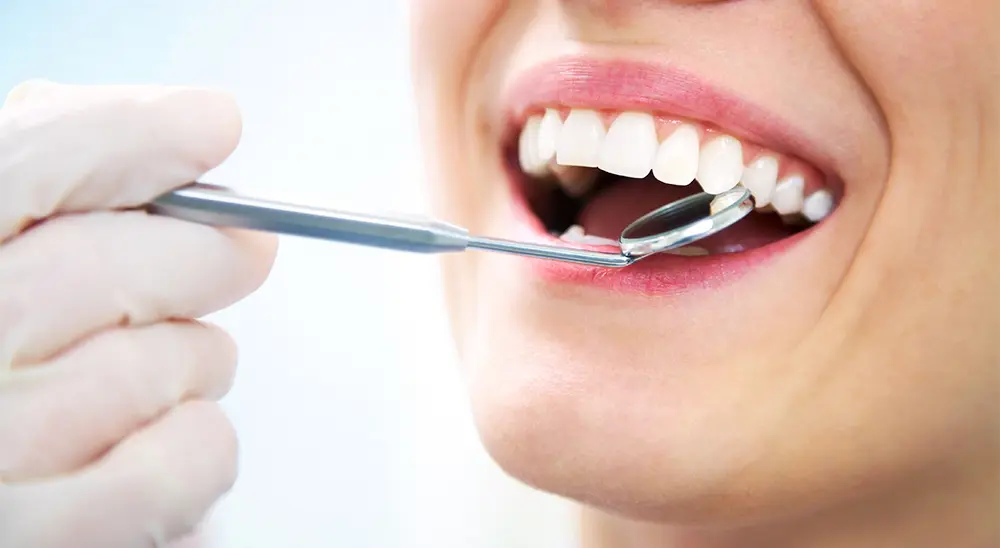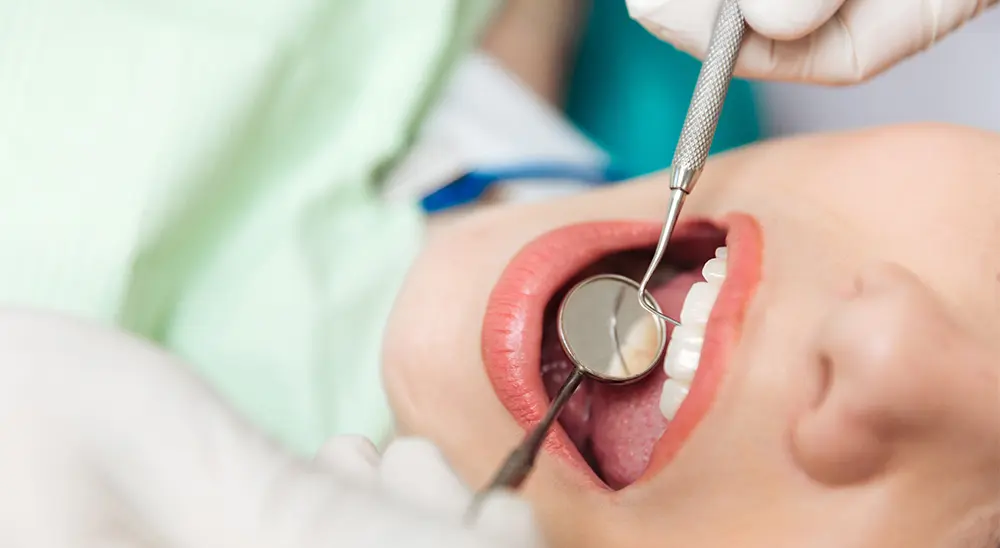
Are you searching for the best and the most successful dental implant treatment?
Trust the basal implantology!
Have you been through unsuccessful implantology treatment and once again you are wearing the uncomfortable dentures? Do not give up! Trust the basal implantologist. Why? Read more in this article.
In practice, the most common question patients ask, who have already been through unsuccessful implantology treatment and are looking for a new solution to their problem.
Why was the treatment unsuccessful?
Implantological dental treatment is one of the most recorded treatments in the sphere of dental medicine, the success rate of the process is between 96% and 98%. Sometimes, however, in 2% or 4% of the cases, the dental implant does not integrate successfully in the bone, which can lead to its rejection.
It is important to know, it is not the body that rejects the implant, meaning the reason is not an allergic reaction. The gum (gingiva) is made of epithelial tissue and the bone from a connecting tissue. Sometimes the healing process between the two tissues is not in sync and the epithelial tissue heals much quicker, consequently the cells of the gum retain the implant and do not allow the reaching of the gum, where it has to be integrated.
The process of placing the dental implants can also be unsuccessful or not possible to start at all (due to the fear the patients have during the interventions), besides the placing of the dental implants, sometimes it is necessary to perform procedures which additionally help with adding bone (bone grafting) and sinus lift.
Why you should trust the basal implantologist?
-Basal implantology is appropriate for patients who have medium to severe bone atrophy.
With basal dental implants, it is not necessary for any additional procedures, for example, bone grafting.
Basal implants are placed biotically, meaning in minimum 2 points through the cortical bone, which is found in the depth layers of the bone. The basal implant goes through the spongiosis bone and through the cortical, in which the placing of the basal implants is strongly mineralized with a huge potential of regeneration.
In this way, we secure the highest level of integration, in comparison to the other types of dental implants. This allows the opportunity for the basal implants to be placed in patients who have lost their natural teeth many years ago, due to the loss of teeth, the process of bone-melting begins (around 0.5mm yearly).
-When placing the basal implants, it is not necessary to perform procedures which lift the sinus (sinus lift)
When placing the classical implants, it is necessary to perform additional procedures like bone augmentation and sinus lift. Sinus-lift is the process of lifting the sinus bottom, to make room for the dental implant.
Basal dental implants are flexible enough, allowing them to ‘bypass’ the sinuses and place them at different angels as not to affect them.
-Basal implants are suitable for patients with diabetes. In comparison to the classical implants, in which the procedure for placing them is associated with lambo detection and surgical manipulation is more invasive, basal implants are placed deep in the cortical bone. This, in turn, does not imply a reparation of lamba, and the risk of bacterial infection is minimized, and in patients with diabetes wounds heal more slowly and the tissue recover more difficult.
-Basal dental implants are suitable for patients who suffer from periodontitis or for smokers.
Basal implants are one-parted and are made from mechanically polished titanium, this protects the surface of the dental implant from bacteria. In such a case, the risk of developing an infection decreases drastically.
Are there any unclear questions left?
More information about basal dental implants you can find out here.








